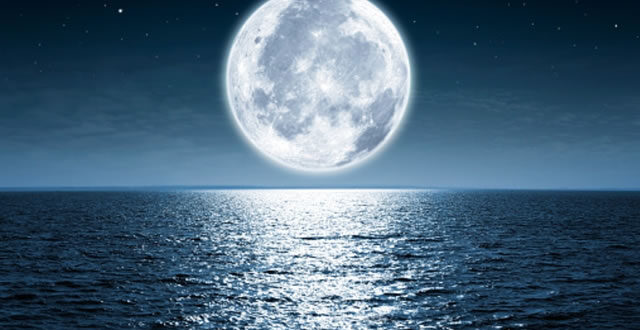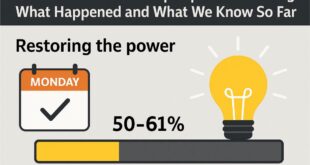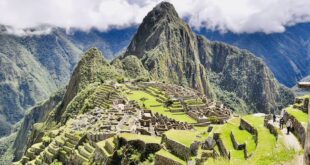Moon: Phases and Effects
The moon has been a fascinating object of human curiosity and wonder since ancient times. For thousands of years, people have been observing and studying the moon, trying to understand its phases, its movements, and its relationship with the Earth.
History of the Moon: Phases and Effects
The history of the moon is closely tied to the history of human civilization. Many cultures and religions have myths and stories about the moon, often depicting it as a powerful deity or a symbol of femininity and fertility. The ancient Greeks believed that the moon was the goddess Artemis. Similarly, the ancient Egypt associated the moon with the god Thoth. In many Native American cultures, the moon is considered a sacred object, and its phases are used as a guide for hunting, planting, and other activities.
Moon’s Phases
The moon’s phases have been the subject of scientific study for centuries. The moon goes through a complete cycle of phases every 27.3 days, from the new moon to the full moon and back to the new moon again. The moon position relative to the sun and the Earth causes its different phases. During a new moon, the moon is between the sun and the Earth, and its dark side is facing us. As the moon moves around the Earth, it gradually becomes more visible, reaching its full brightness during a full moon. After that, it gradually becomes less visible until it disappears completely during the next new moon.
The NASA states that the Moon takes 27.3 days to orbit the Earth during which the moon, as it moves through its cycle, displays 8 phases in the following order:
“New Moon, Waxing Crescent, First Quarter, Waxing Gibbous, Full Moon, Waning Gibbous, Last Quarter and Waning Crescent.”
Moon Relationships with the Earth
The moon’s relationship with the Earth is a complex and fascinating one. The moon is Earth’s only natural satellite, and its gravitational pull has a number of effects on our planet. One of the most obvious effects is the tides. The moon’s gravitational pull causes the oceans to bulge, creating high tides on the side of the Earth facing the moon and low tides on the opposite side. This has a significant impact on coastal areas, affecting navigation, fishing, and other activities.
Moon Phases: What Are the 8 Lunar Phases?
The moon phases are a testament to the beauty and complexity of our solar system and continue to captivate our imagination to this day.
Moon’s Effects on Earth and People
The moon also has an effect on the Earth’s rotation. As the moon orbits the Earth, it exerts a gravitational force that causes the Earth to wobble slightly on its axis. This phenomenon is known as the lunar wobble, and it has a number of effects on the Earth’s climate and weather patterns.
In addition to its effects on the Earth, the moon also has a significant impact on people. Throughout history, people have used the moon as a guide for navigation, timekeeping, and agriculture. The phases of the moon were and still are the compass to determine the best time for planting and harvesting crops. Not to mention, many cultures around the world used the lunar calendar.
The moon has also been a source of inspiration for artists, poets, and writers. Its beauty and mystery have inspired countless works of art and literature, from ancient myths and legends to modern science fiction.
In conclusion, the moon is a fascinating and important object in our solar system. Its history, phases, and relationships with the Earth are a testament to the complexity and wonder of the natural world. From its effects on tides and climate to its cultural and artistic significance, the moon has had a profound impact on human civilization and continues to captivate our imaginations today.
Cheers!
For more stories follow me on Telegram














